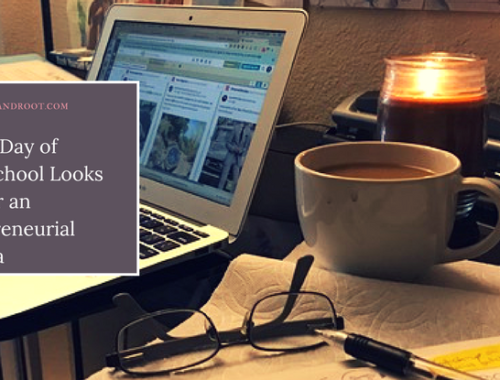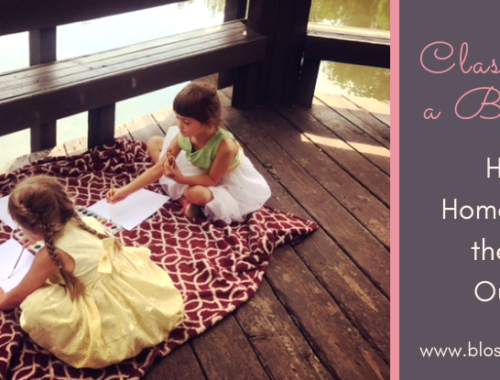In my last post, I described our relaxed, eclectic homeschool approach as a recipe–one that starts with a Charlotte Mason and Waldorf foundation, throws in a a generous helping of unit studies, sprinkles in some classical education, and occasionally gets ignored in favor of periodic unschooling. This recipe also changes often with seasons, interests, and with the phases in our lives. We are far from purists of any of these approaches, choosing rather to take what we love about each and combine them in a way that fits our homeschool rhythm perfectly.
Last week, I shared the elements that we love of Charlotte Mason. (You can read that post by clicking here.) This week, I am diving deep into our favorite elements of the Waldorf approach. Let’s get started:

Natural Materials
While we aren’t (yet) a family that insists on toys and materials that are exclusively made from natural materials, we are trying to shift strongly in that direction. It’s not just about aesthetics, though natural materials certainly are more beautiful than their cheaply-made plastic counterparts. It’s not just about durability, though they certainly win in that category as well. And it’s not just because most of these materials are made by hand in someone’s home instead of a factory, something I can always get behind. It’s because I notice a big difference in the way my children interact with high-quality, handmade, and natural toys and materials. Wooden toys and beautiful silks are treated with more care and reverence, and seem to be consistently preferred when my kids are sifting through the toy box. Beeswax crayons and high-quality art materials are poured over for longer periods of time, and with more effort. The Waldorf approach seems to honor this, favoring natural materials in the classroom and the home.

Storytelling
If you’ve been reading my blog for long, you probably know I have a weakness for books. There is literally nothing else I care to collect, and I have no qualms about purchasing mass quantities from Thriftbooks.com whenever I get the chance. I truly, honestly believe that if a parent of a child under 6 is doing little else other than reading books to their child every single day, they’re doing a great job setting the stage for life-long learning. Books are that important.
But storytelling is also important, and that’s one of the things I love the most about the Waldorf approach. Storytelling is a different medium entirely–I don’t really believe that you can choose “books OR storytelling” because they accomplish different goals. Storytelling, for me, in more akin to theatre–even when you’re not using props at all, just telling your child a story face-to-face and watching their eyes light up in the happy parts and their little brows furrow during the difficult bits.
Storytelling is ancient, far more so than books, and it taps into something very primitive within us. If you’ve ever been gifted with the chance to listen to someone spin a great yarn, you know what I’m talking about. It’s also a bit of a dying art form, and I’m all for keeping it alive and well–at least in our little homeschool.
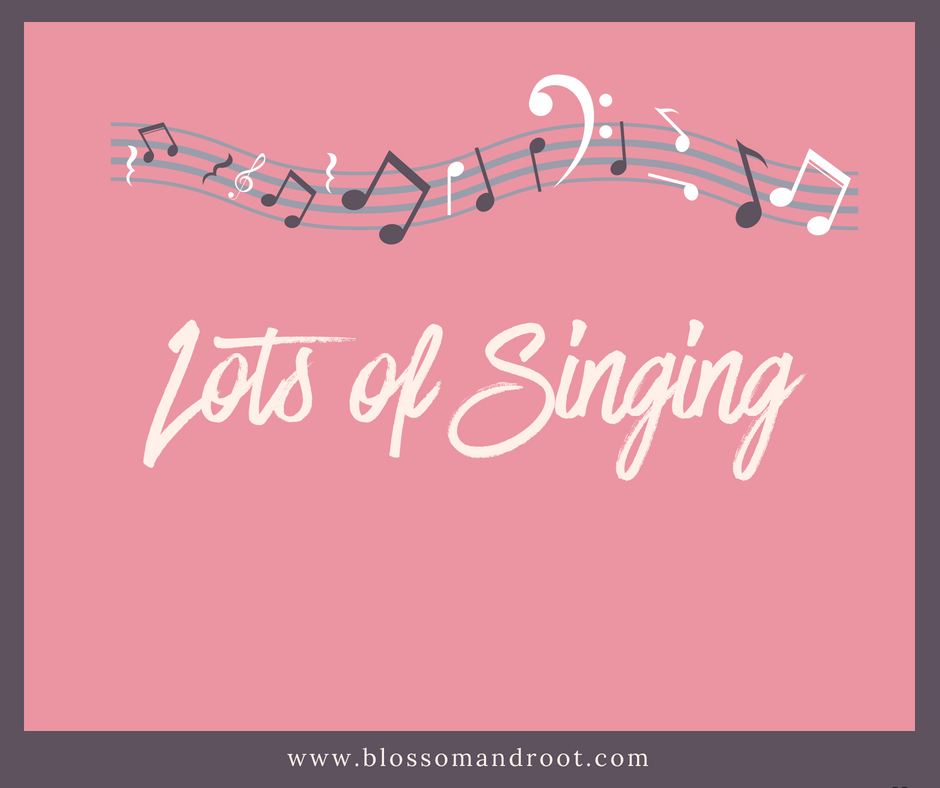
Lots of Singing
Since my girls were born, I’ve sung to them–lullabies at bedtime, joyful songs to greet them in the morning, tunes for transitioning between parts of our day, silly ditties I make up about everything from our dogs to wiping our feet when we come in from the garden. The Waldorf approach suits my song-bird soul, and has brought so much beautiful music into my life.
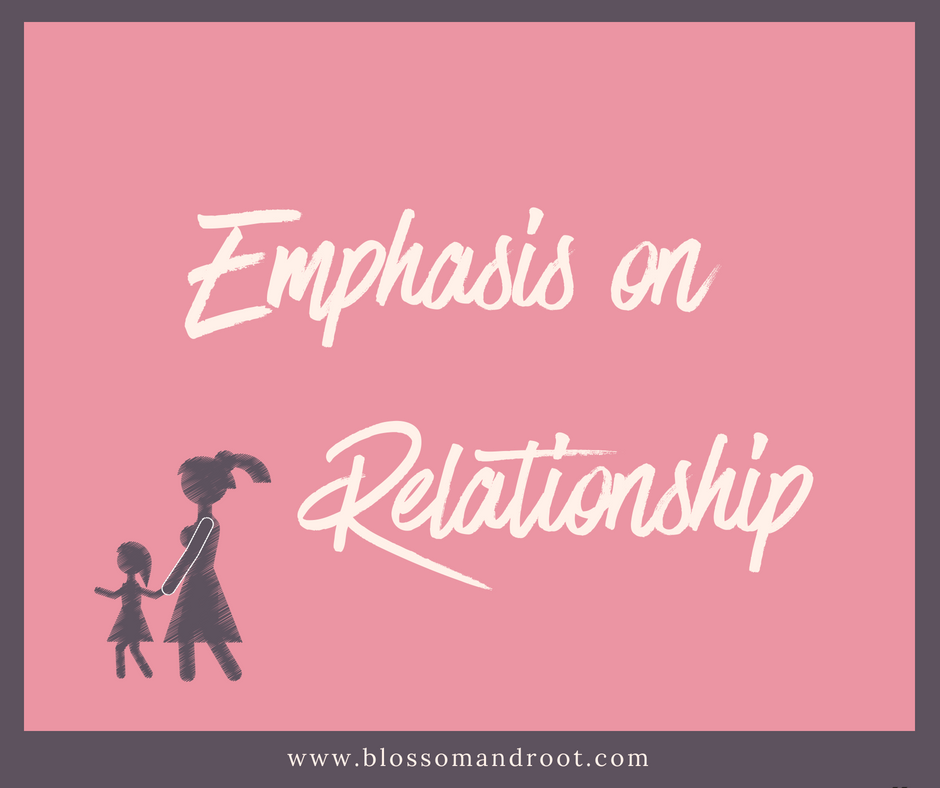
Emphasis on Relationship
One of the things I love the most about the Waldorf approach is the emphasis on developing relationships, not just between the child and the teacher, but the child and their whole world. The gentle approach, comforting rhythms, and strong connectivity developed during storytelling, handicrafts, baking, and caring for our learning space together make Waldorf a great approach to incorporate for homeschooling families.
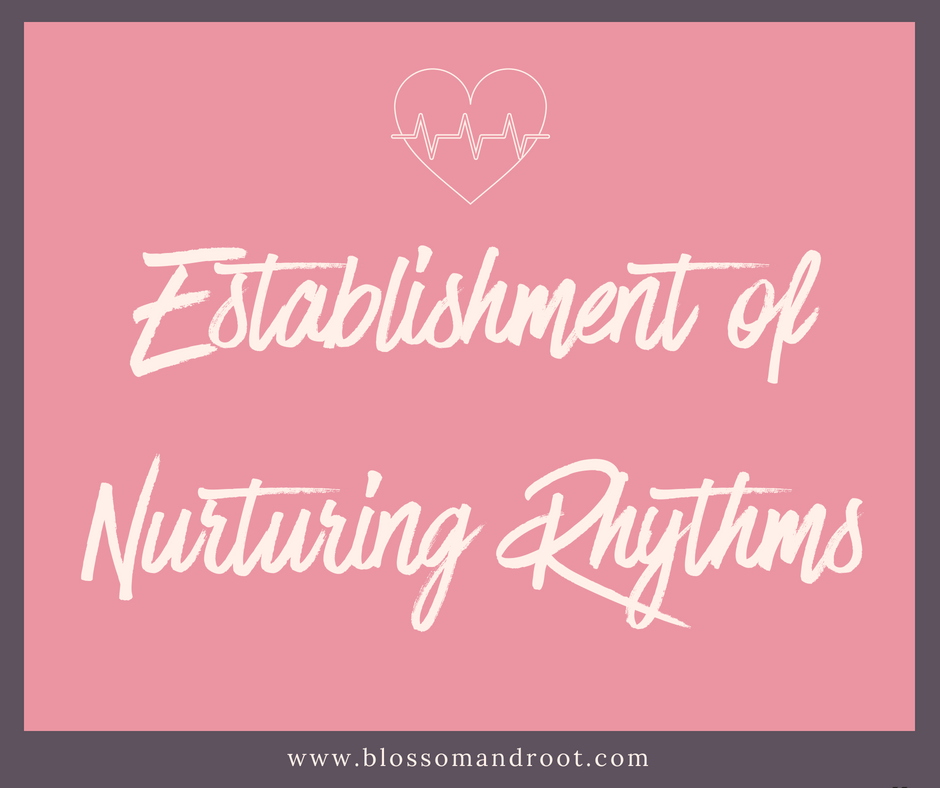
Establishment of Nurturing Rhythms
Similarly, I love that Waldorf focuses on establishing nurturing rhythms, rather than rigid and complex schedules found in other academic approaches. The ebb and flow of a Waldorf day makes for peaceful time spent learning together, and my children respond really well to the “coming together then enjoying time alone” pattern in our day. We also incorporate weekly rhythms for things like laundry, baking, shopping for food, and poetry teatime. This helps me to run a (relatively) smooth household while working and homeschooling.
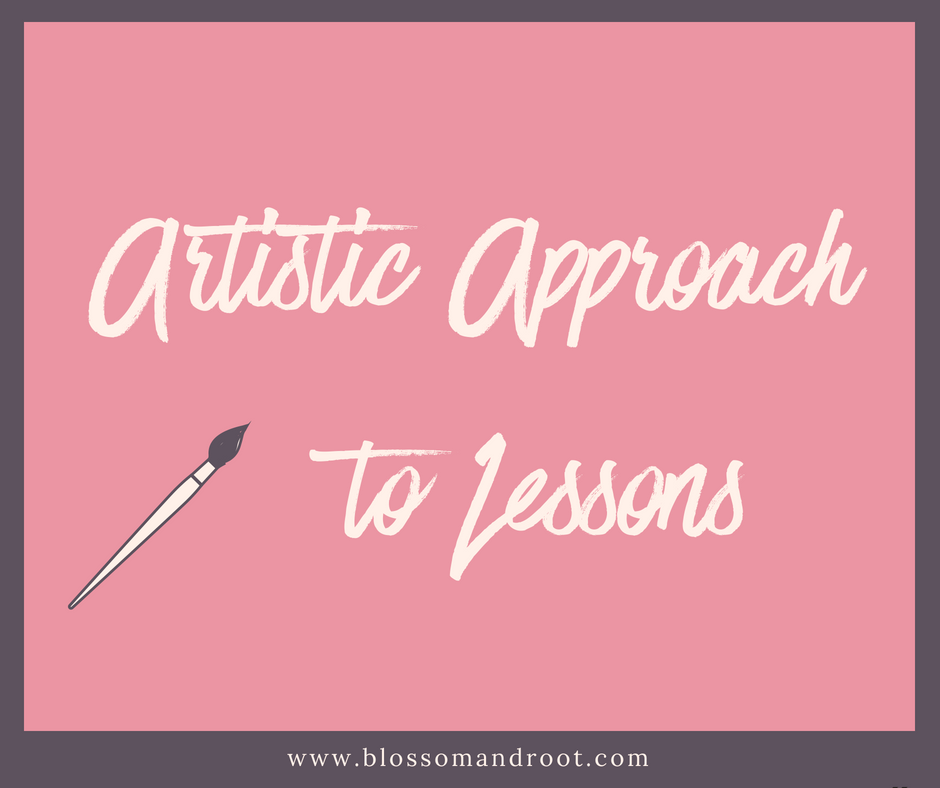
Artistic Approach to Lessons
I love how the Waldorf approach incorporates art into every lesson. For example, if we’ve been learning about beetles, we end the lesson by having my daughters draw a beetle in their large sketchbook. Or, if we’ve been learning about addition, we may color a beautiful page of addition examples together. When we give all subjects this reverence (not just the “pretty” ones) it changes the way we treat the information we take in.
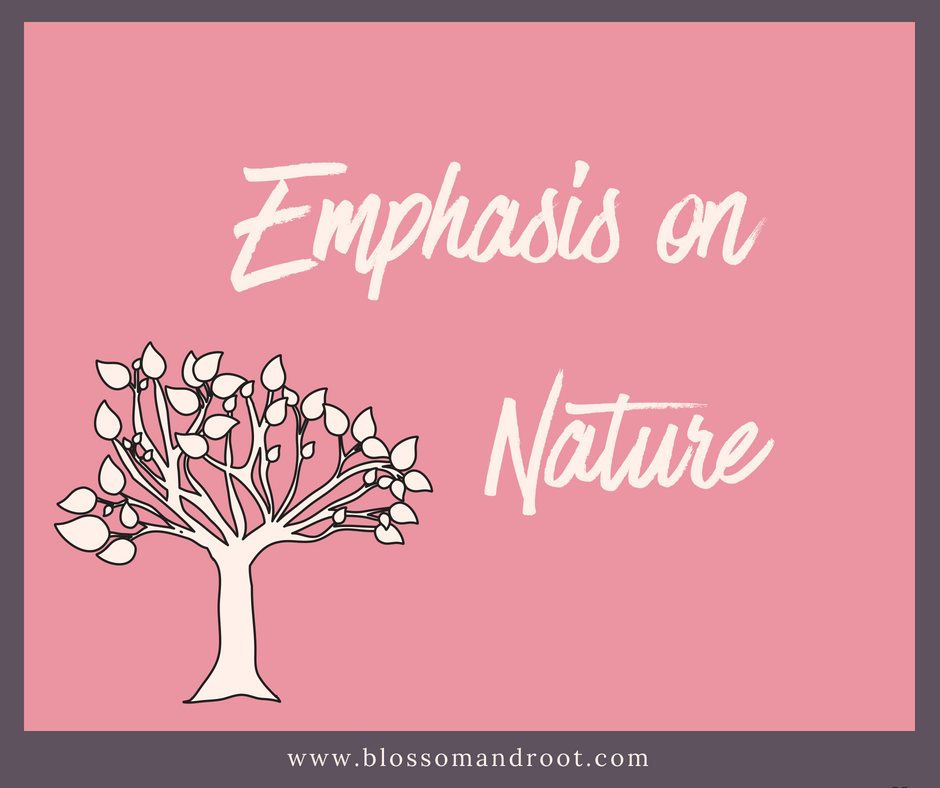
Emphasis on Nature
Like Charlotte Mason, the Waldorf approach gives a lot of attention to nature. Waldorf especially emphasizes the rhythms in nature–the changing seasons, life cycles, etc. We’ve benefitted so much from taking time to honor the changing seasons with songs, verses, and seasonal crafts.
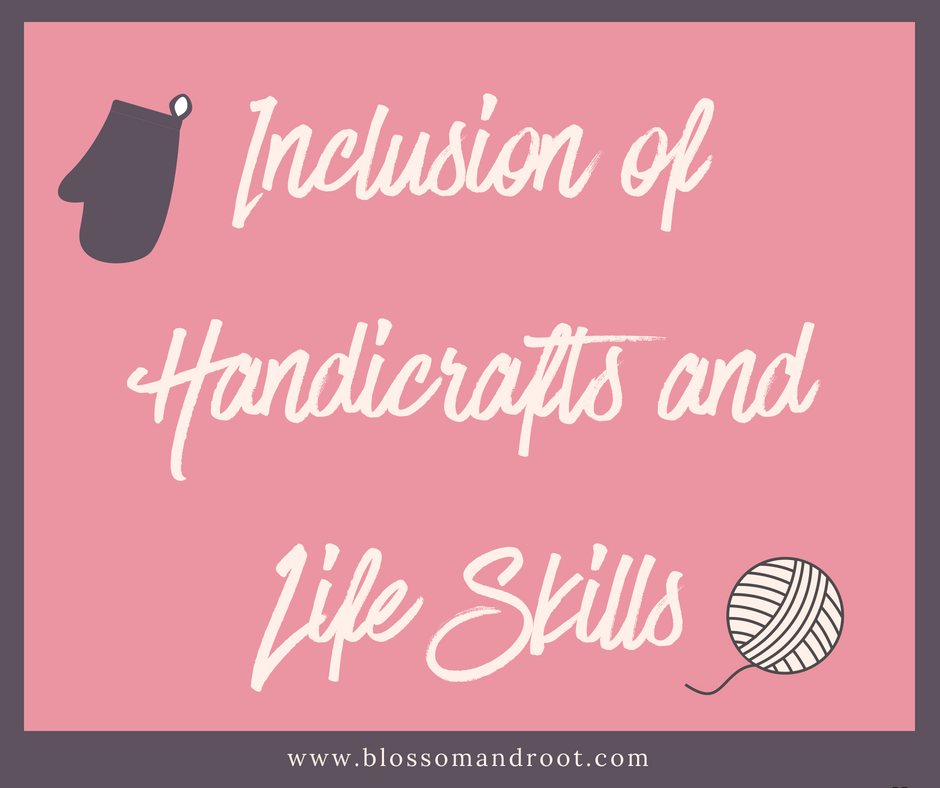
Inclusion of Handicrafts and Life Skills
Thanks to Waldorf, my daughters know how to make bread from scratch, sort and fold their own laundry, help take care of our garden, make hummingbird food, weave, finger-knit, make beeswax candles, and so many other skills that have empowered them to care for themselves and their family. Knowing how to make food, keep your home clean, and breathe life into your surroundings is just as important as knowing how to read and do math, yet these skills are not emphasized much (if at all) in traditional education. This is yet another aspect of the Waldorf philosophy that we embrace in our homeschool.
These are the key elements of Waldorf than we have integrated into our own homeschool approach. Do you incorporate any Waldorf elements in your homeschool? Feel free to share in the comments! In my next post, I’ll show you how we combine the elements we love most from Charlotte Mason and Waldorf to create an eclectic homeschool approach that works for us.
Get Your FREE Trial Issue of Book Seeds By Blossom & Root!

This FREE issue, inspired by the book The Three Sunflowers by Janet Lucy, includes two weeks of activities including nature study, STEAM, art project, recipe, and exploring language and poetry. Suitable for ages 3 - 8. Grab yours today!


